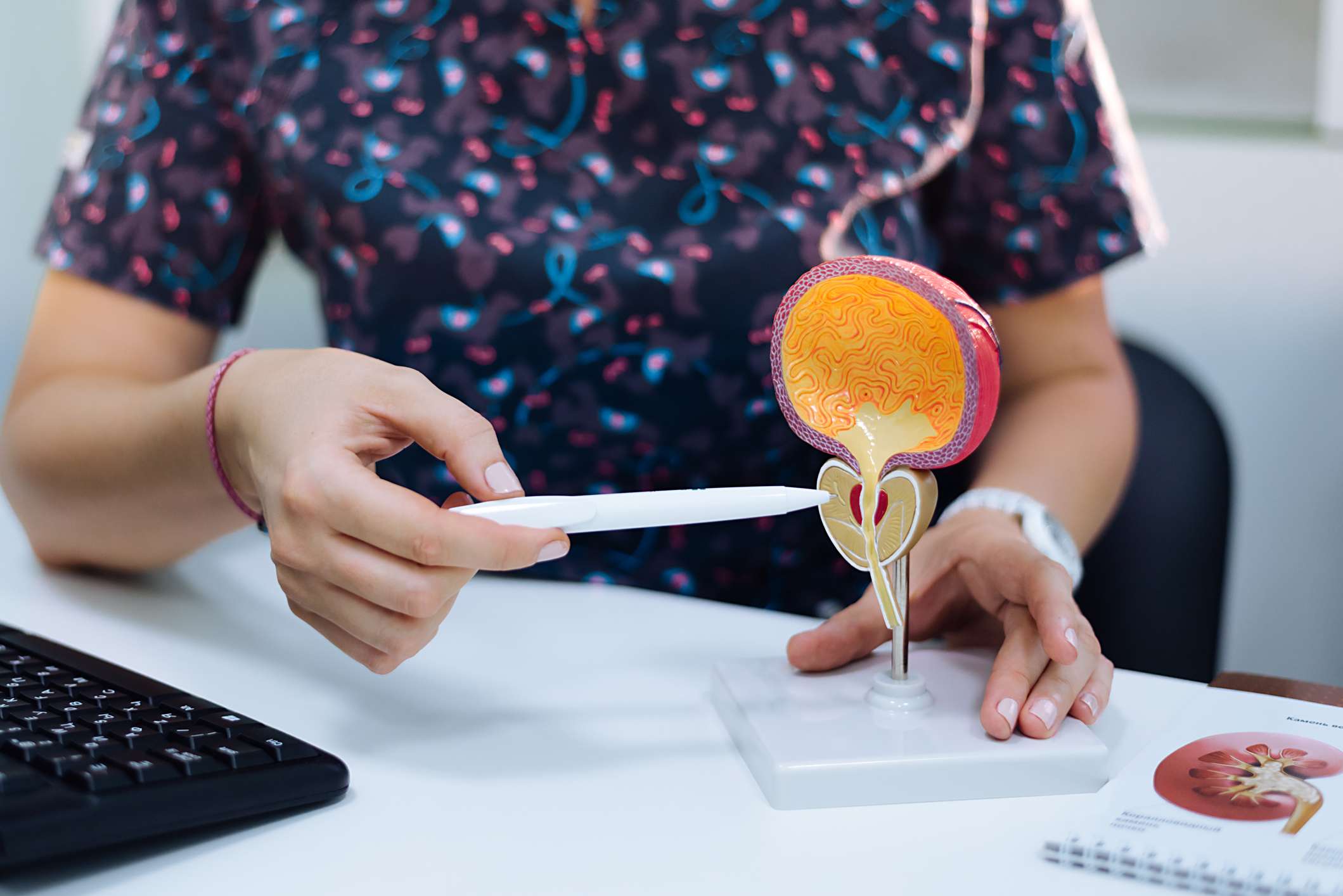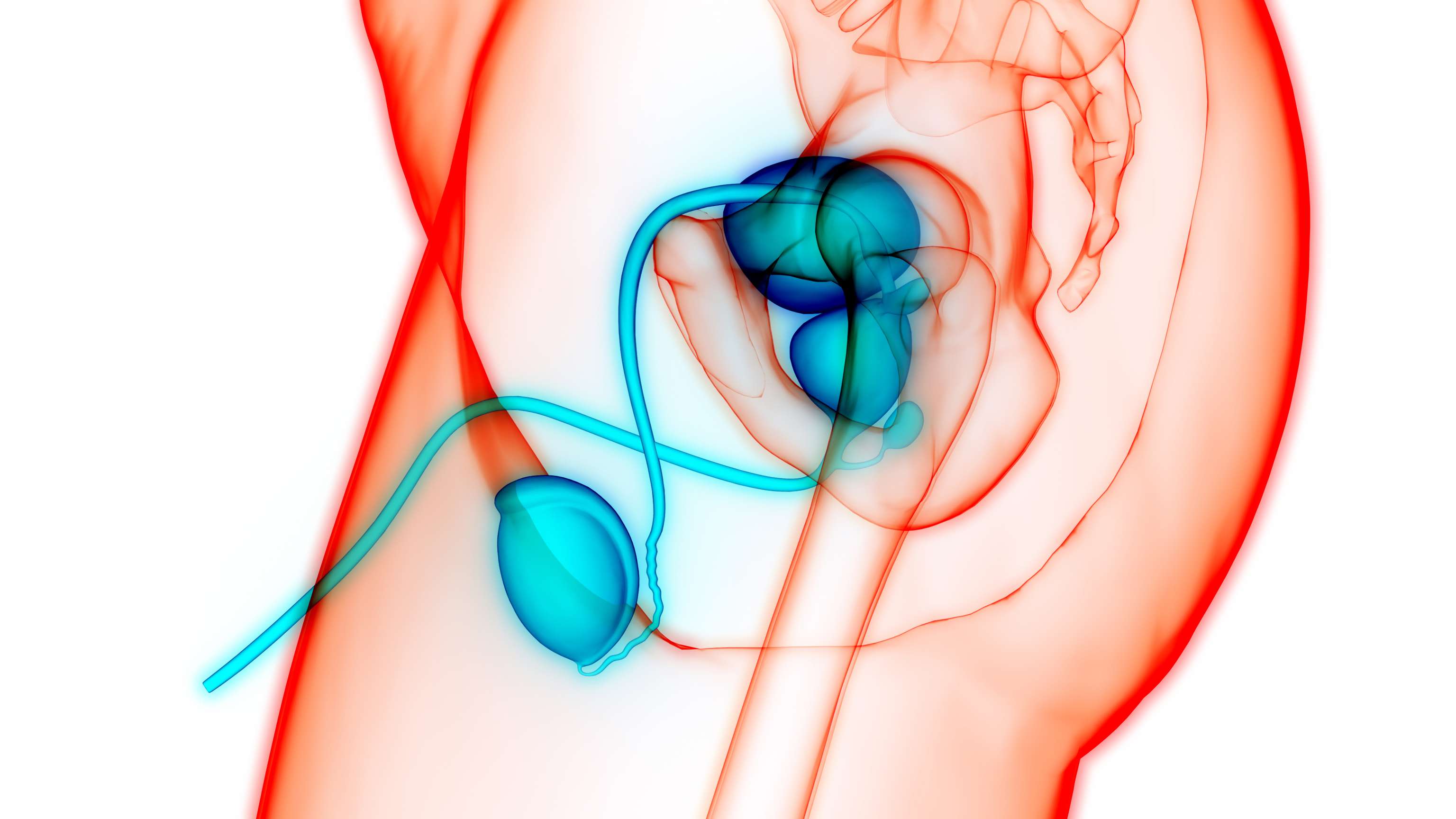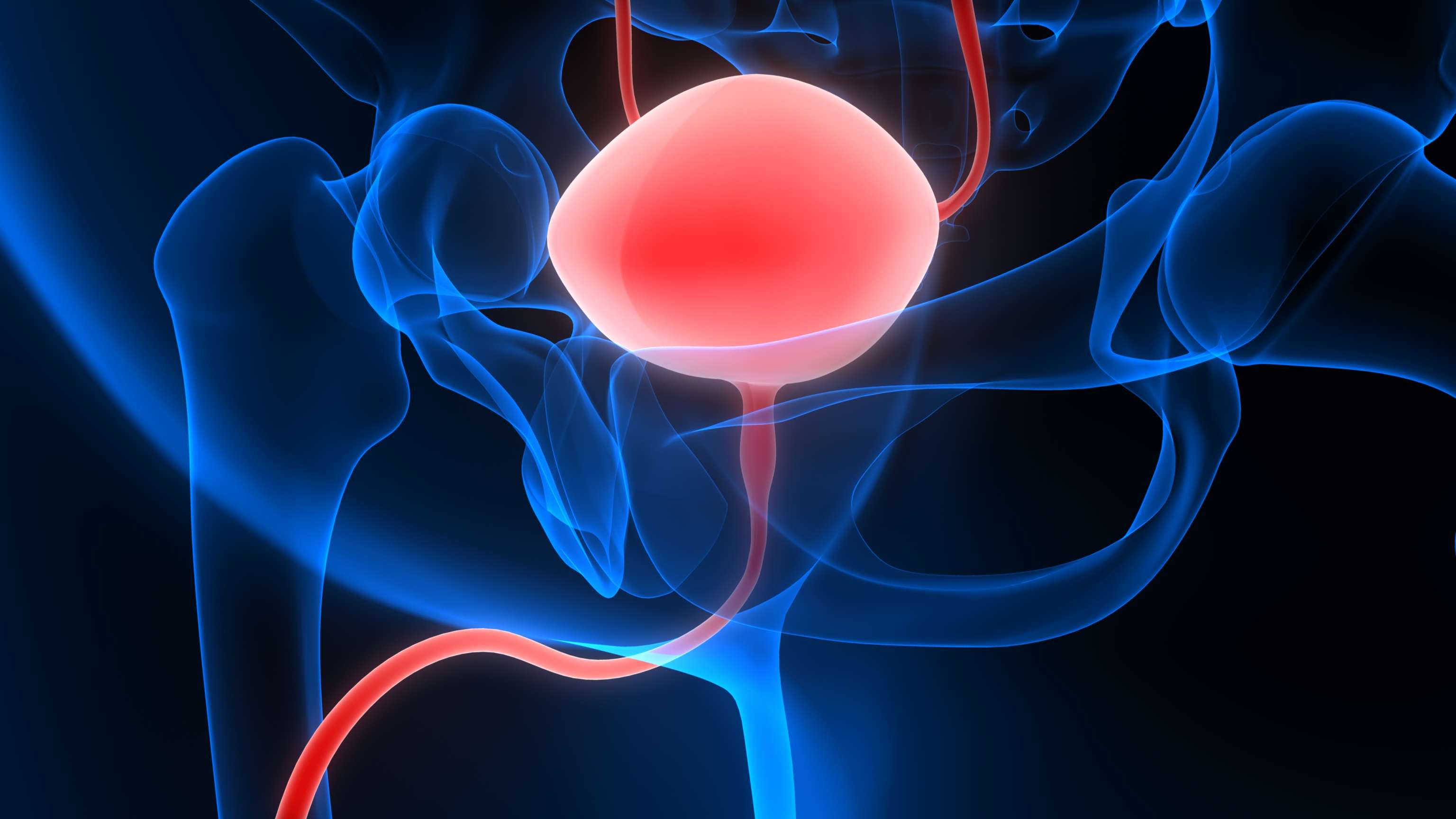Basics
Hypospadias is a common malformation of the penis in which there is a displacement of the urethra. It affects about one in 200 to one in 300 male newborns.
The main symptom of hypospadias is a displacement of the urethral outlet (meatus urethrae externus) away from the tip of the glans to the underside of the glans, along the lower shaft of the penis to the scrotum.
The location of the urethral outlet is used to classify hypospadias and their severity. A distinction is made between anterior (distal) forms, in which the meatus is still in the region of the lower glans or the glans margin, and intermediate (penile) forms, in which it has already migrated to the penile shaft. In particularly severe (proximal) forms, the urethral opening may shift to the testicular (scrotal) or perineal (perineal) area. Distal hypospadias are most common, accounting for about 75% of all cases. Intermediate forms occur in about 20% and proximal hypospadias are generally very rare.
In addition to the displacement of the urethral orifice, hypospadias may cause curvature of the penis or even foreskin changes. In "hypospadias without hypospadias" (hypospadia sine hypospadia), the meatus is in the normal position but accompanied by marked penile curvature as well as severe foreskin changes. Other malformations such as undescended testicles (maldescensus testis) or inguinal hernia (hernia inguinalis) also occur frequently in hypospadias.




